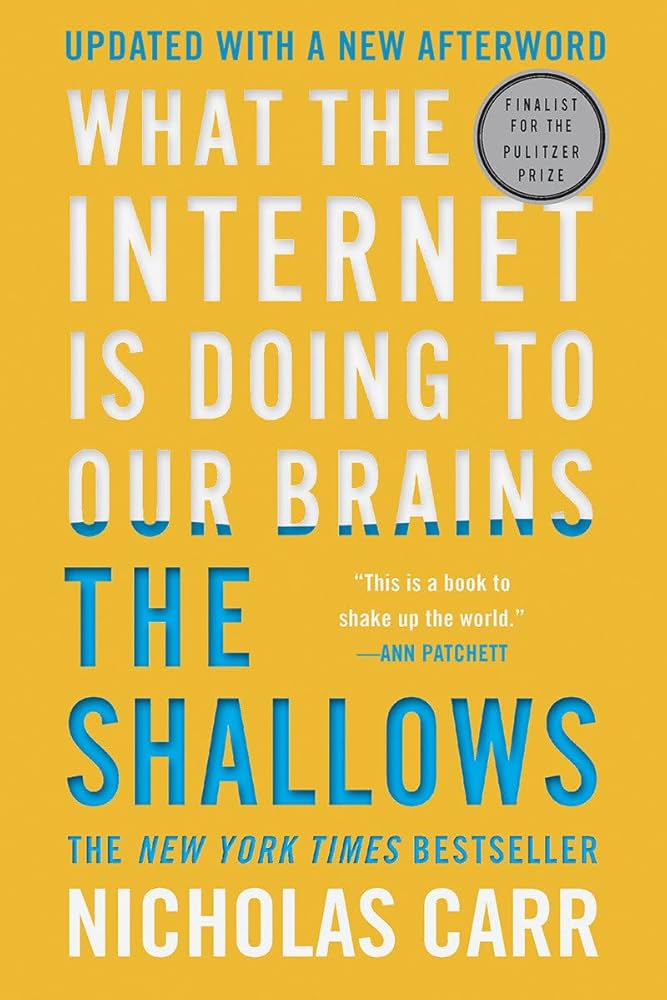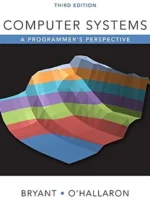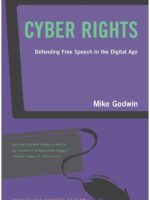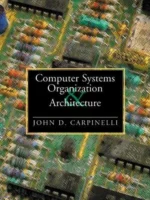The Shallows: What the Internet Is Doing to Our Brains Review
The Shallows by Nicholas Carr argues that always-on, link-dense media reshape attention and memory, favoring skimming over deep reading. It’s cultural critique grounded in cognitive psychology and media history.
Overview
Carr traces shifts from oral to print to digital culture, summarizes research on working memory, attention switching, and neuroplasticity, and reflects on how web design incentives fragment focus.
Summary
Core claim: frequent task switching and hyperlink scanning train shallow processing. Long-form comprehension and consolidation suffer when distraction becomes the default context. Carr balances concern with recognition that tools can be used deliberately.
Authors
Nicholas Carr writes as an essayist synthesizing science with lived experience and media theory.
Key Themes
Attention as a scarce resource; environment trains cognition; trade-offs between breadth and depth; design incentives matter.
Strengths and Weaknesses
Strengths: lucid synthesis, memorable metaphors, useful historical arc. Weaknesses: selective evidence and limited discussion of beneficial digital practices.
Target Audience
Readers interested in cognition, educators, writers, and builders of knowledge tools.
Favorite Ideas
Environment-as-software for the mind; deliberate “deep work” spaces; friction as a feature for focus.
Takeaways
Design your information diet. Create contexts that protect depth—batch notifications, schedule long-form reading, and treat attention like budget.









